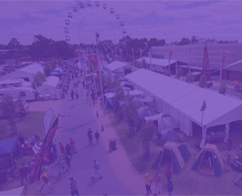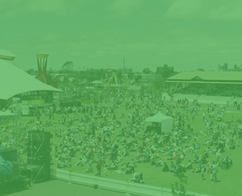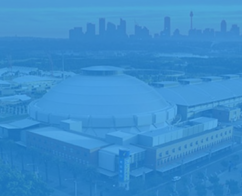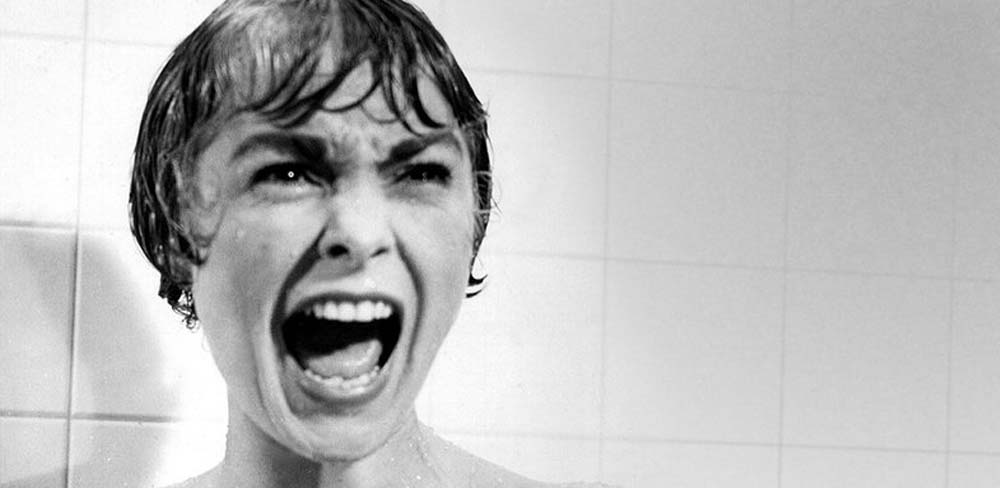
Adelaide
November 2-3, 2024
Adelaide Showground

Zombies and ghosts and masked killers, oh my! Switch the lights off, dive under the covers, try not to be the first to split from the group, and instead revel in the sensation creeping up your spine as the popcorn flies.
To spin your nightmares into the cotton-candy variety, we’re going to depart the haunted mansion of horror, and impart the knowledge you need to know, ranging from films, television shows to books, so that next time you won’t answer the proverbial knock on the door in the middle of the night.
Okay, so what subgenre? Horror has been around for a while, from the Mexican tradition of Día De Muertos, otherwise known as the Day of the Dead, with its sugar skulls and serenades to the past, to the ancient Emikku civilization, who would inhabit the bodies of people who had either died violently or been buried in a twisted fashion.
With its development throughout history, there is obviously a plethora of spooky genres out there, each with their own set of plot beats, characters and familiar tropes which separate them from the rest.
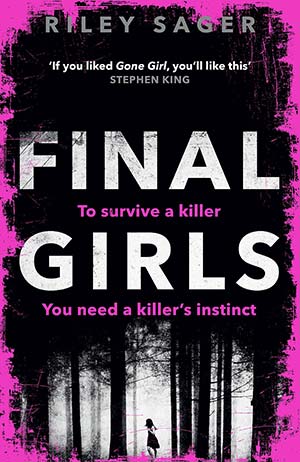 Picture the charming party of the teenage elite. We have the staples; a cheerleader making a beeline for the jock, and the side cast of bespectacled nerds teetering on the outskirts. Only now let’s up the ante with a masked killer crashing the scene, which is usually in the woods, and the herds of teenagers running for their lives, with the soothing sound of a chainsaw being revved in the background. Add dozens of red herrings, the said girl being the first to be killed off, our unassuming heroine, known as the final girl, and you have the beloved slasher genre.
Picture the charming party of the teenage elite. We have the staples; a cheerleader making a beeline for the jock, and the side cast of bespectacled nerds teetering on the outskirts. Only now let’s up the ante with a masked killer crashing the scene, which is usually in the woods, and the herds of teenagers running for their lives, with the soothing sound of a chainsaw being revved in the background. Add dozens of red herrings, the said girl being the first to be killed off, our unassuming heroine, known as the final girl, and you have the beloved slasher genre.
Despite the consistent stabbing, electrocution, drowning, maiming, mutilation and dismemberment, the genre is constantly being revived as the decades have passed, largely due to the way the OG spook-em-up master Alfred Hitchcock innovated the genre with his darling film, Psycho. It was thanks to Psycho’s influence that horror experienced a turning point, from featuring monsters of the gothic kind as the primary antagonists, to fears based in realism. While it directly inspired the slasher genre, Psycho is now categorised more into the psychological horror subgenre. The golden era of hacking and slashing was sparked from 1978 to 1984, with the earliest influence from films such as 1945’s The Spiral Staircase, embellishing POV shots and the divisive jump scare trope.
Sadly by 2002, the slasher genre was suffering from diminishing returns at the box office. Dozens of remakes to capitalise on people’s nostalgia for the old classics came by, with modern updates including 2003’s The Texas Chainsaw Massacre and 2005’s House of Wax. Unfortunately, with these films not yielding much profit, film producers decided to direct their creative pursuits to television, with the likes of 2000’s hit American Horror Story, created by Ryan Murphy.
 Forget the rusted, archaic chainsaws and claw hands, because this subgenre rewires the brain with its slow build of tension, audience conditioning, and the way it messes with the viewer’s mind. Provoking our own anxiety; psychological thrillers are suspenseful through their exploration of character. Often, as the main characters descend into madness, the very form of film is played with to reflect this on the screen, bringing the audience directly into the chaos. This can be done through the convention of an unreliable narrator; as they’re confused with their own thoughts, we too create our own sense of apprehension, which can be traced back to Edgar Allan Poe’s literary influence on the genre.
Forget the rusted, archaic chainsaws and claw hands, because this subgenre rewires the brain with its slow build of tension, audience conditioning, and the way it messes with the viewer’s mind. Provoking our own anxiety; psychological thrillers are suspenseful through their exploration of character. Often, as the main characters descend into madness, the very form of film is played with to reflect this on the screen, bringing the audience directly into the chaos. This can be done through the convention of an unreliable narrator; as they’re confused with their own thoughts, we too create our own sense of apprehension, which can be traced back to Edgar Allan Poe’s literary influence on the genre.
Alfred Hitchcock stamped his own signature on this subgenre with his first thriller, The Lodger, then, years later, he went on to add colour in 1951’s Strangers on a Train. Today’s psychological horror uses modern cinematography and editing tricks to their advantage, with unnerving camera effects and fast cuts. Think Black Swan. With the combination of production, post, and plot, the filmmakers can play with the audience’s sense of what’s real and what isn’t, leaving us in a state of spine-tingling confusion.
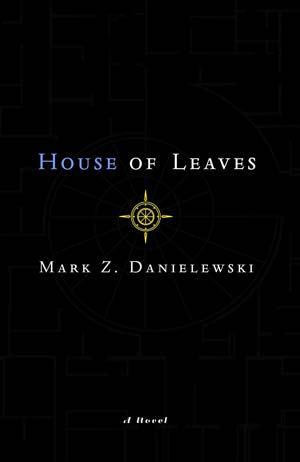 Light your pitchforks and keep your angelic weapons within reach, because you’re about to be introduced to the carnival line up of spirits, demons, man-made horrors, evil dolls, and wholesome teenagers who don’t have anything better to do than use a Ouija board.
Light your pitchforks and keep your angelic weapons within reach, because you’re about to be introduced to the carnival line up of spirits, demons, man-made horrors, evil dolls, and wholesome teenagers who don’t have anything better to do than use a Ouija board.
Mary Shelley’s Frankenstein is perhaps the first most noticeable gemstone of this genre, subverting the tale of ‘the noble savage’, with Frankenstein’s monster being cast out from the world around him for his horrifying appearance and nature, but making him misunderstood all along. The monster attempts to survive despite his circumstances, however, his unnatural strength places him in a position where he’s at risk or hurting himself and others, which then further compels him to pursue vengeance…
Inspiration from this tale propelled classics such as Bram Stoker’s Dracula, Stephen King’s Carrie, and Sir Arthur Conan Doyle’s The Hound of the Baskervilles. Now, with credit to Hollywood’s extensive budget, creatives are able to bring these monsters to life in chilling ways. This has since seen the resurgence of the sub-genre, in not only the television sphere with Supernatural, but also in cinemas, with The Village.
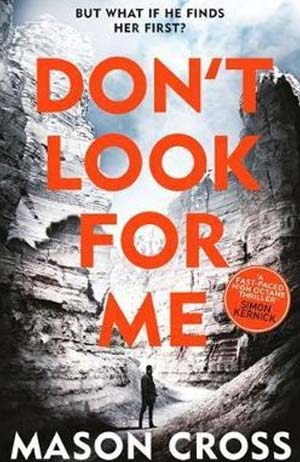 We’re not talking about the Home Alone Christmas flick. Rather, we’re bordering on obsession; you’re in your own sanctuary, there’s a noise and before you know it, you’re alone in the kitchen with the only usable weapon being the kitchen knife, which isn’t a match for the invader behind you that you still haven’t caught wind of until you turn around a second too late… Bet your blood will be pumping when watching this subgenre as much as it was reading that sentence.
We’re not talking about the Home Alone Christmas flick. Rather, we’re bordering on obsession; you’re in your own sanctuary, there’s a noise and before you know it, you’re alone in the kitchen with the only usable weapon being the kitchen knife, which isn’t a match for the invader behind you that you still haven’t caught wind of until you turn around a second too late… Bet your blood will be pumping when watching this subgenre as much as it was reading that sentence.
This genre does what great horror does so well, makes us afraid of the everyday, normal things… A creaking door or floorboard… A shadow on the wall… A noise in the middle of the night… It makes us sleep with one eye open, makes us more alert, listening hard for sounds, straining our eyes in the dark. It permeates our homes, our places of safety, and turns them into something dangerous, and inhospitable. When even your bed doesn’t feel safe, then you’re really scared.
The Desperate Hours, directed by William Wyler, was perhaps the first prevalent foray taken into this genre, as the 1950s was a time of high anxiety; what had once been open doors and children playing in the streets until the sun went down had seemingly started to turn into the sheltered bubble that is now today’s times. Although it is a touchstone, ‘Have you checked the children?’ is still a line that hasn’t left us, having now become popular in advertisements and media inspired by Wes Craven’s classic When A Stranger Calls.
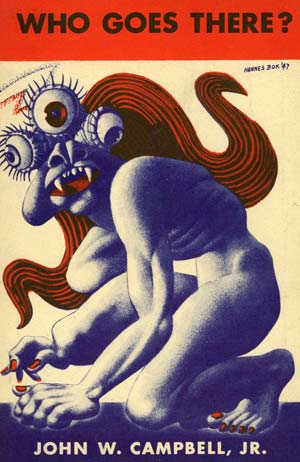 Sure, we can feel in danger in our own house, but up in space, in the complete and utter void of black silence, with no one there to hear you scream, that’s intense horror, and also a reference to a piece of cinematic history. Sci-fi not only touches on the unknown but the feeling of being utterly alone and hopeless; either being unfamiliar to one’s surroundings, take The 100 for example, or unfamiliar in one own’s body, ala Orphan Black.
Sure, we can feel in danger in our own house, but up in space, in the complete and utter void of black silence, with no one there to hear you scream, that’s intense horror, and also a reference to a piece of cinematic history. Sci-fi not only touches on the unknown but the feeling of being utterly alone and hopeless; either being unfamiliar to one’s surroundings, take The 100 for example, or unfamiliar in one own’s body, ala Orphan Black.
It stimulates our brains into thinking of the worst possible futures, and it comes so close to realism that you think maybe, just maybe… these awful things could actually happen someday. There’s a reason why Black Mirror (we know we said this belonged to the psychological but come on, hybrid genres) has left the world in a tailspin, due to its dark speculations.
So just how does sci-fi fit into horror? Horror is the literature of fear and science fiction is the literature of ideas so consequently, they’re able to intertwine to then construct a plot which facilitates both. The most noticeable and earliest example of this hybrid (there’s that fun word again!) genre is Alien Invasion, which, as you guessed, has the simple concept of aliens invading Earth, something we’re still terrified of to this day. The film takes the social implication, having to face the other, of aliens and pivots the plot forwards through reinforcing their complete superiority.
Sometimes known as Lovecraftian horror, this is a genre you don’t see very often, but it is truly one of the most terrifying… This genre focuses less on big scary monsters attacking (though there is some of that), and focuses on something that can elicit even more fear than a grotesque image or gore; the unknown, or the unknowable. What we don’t know, and what we should never know.
Similar to psychological horror, this genre plays with the mind, but on a much larger scale, making us contemplate our place in the vast universe, and, following the modernist trends of the time it was created, suggests that if we were to understand our own insignificance, it could drive us mad.
The genre’s well-established tropes involve unspeakable cosmic horrors as the primary ‘villains’; supernatural, otherworldly, or alien entities, too powerful for us to overcome, and so unfathomable to us that they can’t be reasoned with, or fought, or even understood. The characters in these stories often experience terrible ends, or go insane, as they are unable to rationalize their idea of the world crumbling around them.
